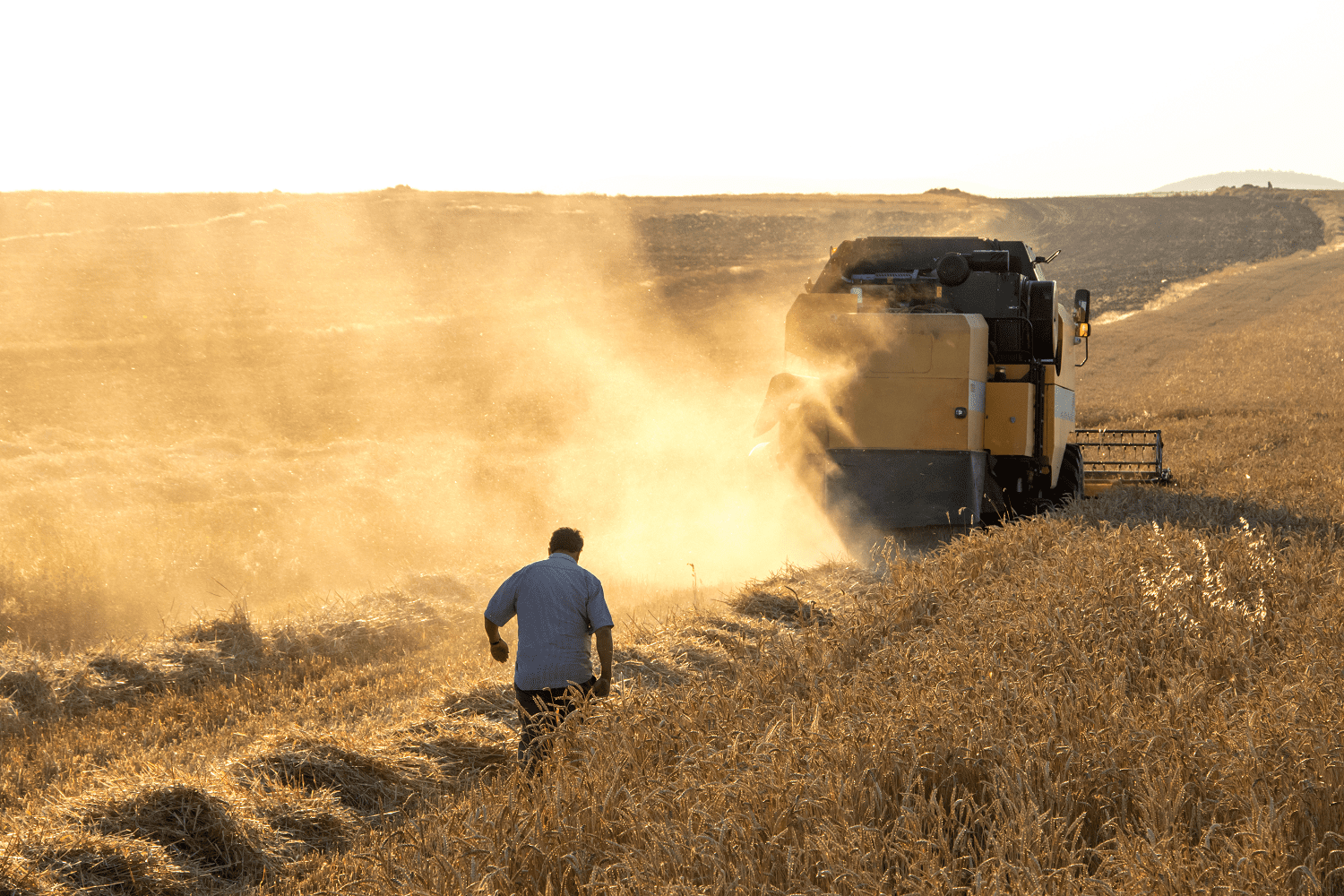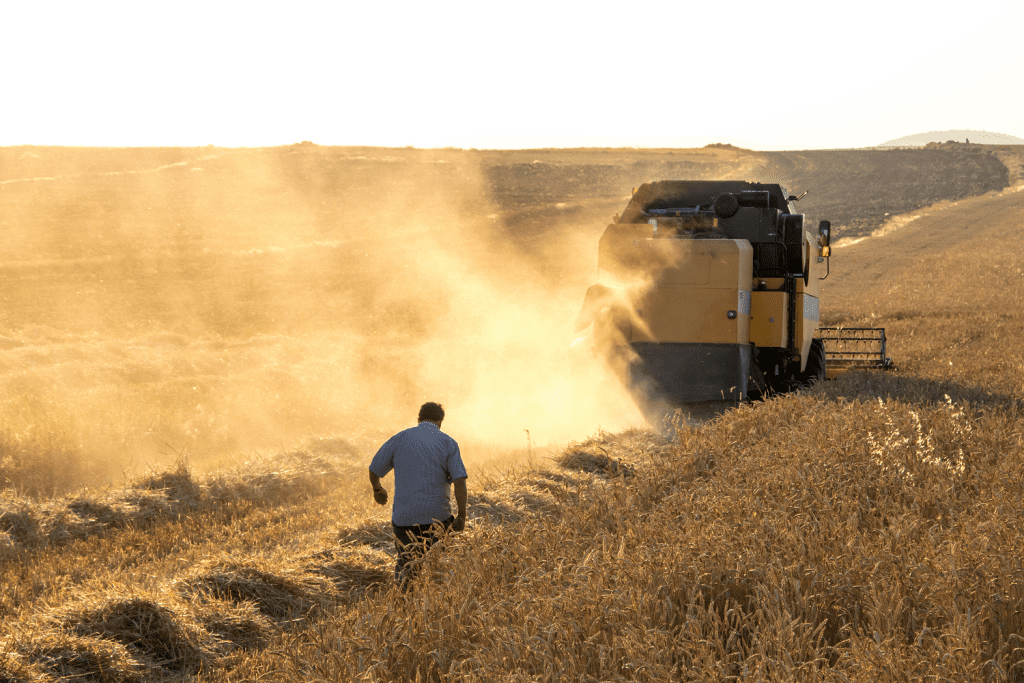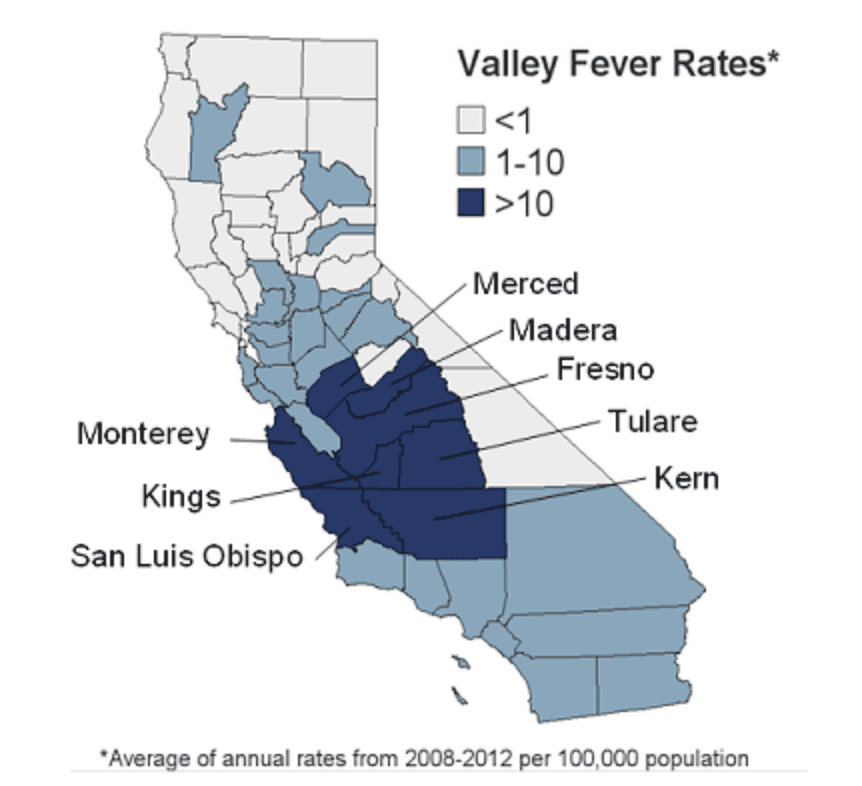
Valley Fever Cases Causing Concern in California

Written by: Joe Mangiardi, NES, Inc.
 Valley fever can be contracted when certain areas of soil are disturbed, releasing a particular variety of fungus spores into the air to be inhaled into the lungs by anyone exposed.
Valley fever can be contracted when certain areas of soil are disturbed, releasing a particular variety of fungus spores into the air to be inhaled into the lungs by anyone exposed.
Valley Fever Case Numbers Reach Alarming Levels
A significant upswing in the number of cases of valley fever reported in California has found government officials and citizens extremely concerned about how to combat this insidious infection. The disease, also known as coccidioidomycosis, is contracted by breathing in spores of coccidioides fungi released into the air from the disruption of soil by farming, construction, strong winds, or even ATV use in certain arid regions of California and the greater southwestern United States.
Hardest hit recently has been Kern County, in which there were nine deaths resulting from 2,929 reported cases in 2017—the second highest number since Kern County started keeping track of such cases in 1992 and the highest number in over a decade. Unfortunately, 2017 was not an anomaly. There were six deaths from 2,310 confirmed cases in 2016 and nine deaths from 1,174 cases in 2015 in Kern County.
According to the California Department of Public Health (CDPH) publication Coccidioidomycosis in California Provisional Monthly Report: January – March 2018, in California statewide there were 8,103 “suspect, probable, and confirmed annual cases of coccidioidomycosis” in 2017, 6,026 in 2016, and 3,485 in 2015. Given that releases of the fungus spores responsible for valley fever are mitigated by wet soil, the disease has historically most often been contracted in the hot, dry summer months. However, 2018 so far is posting numbers that contradict this trend. The first quarter of 2018 has already seen 2,323 cases, compared to 801 and 650 reported during the same time period of 2017 and 2016, respectively.
 This graphic from CDPH shows the distribution of valley fever cases in California from 2008-2012.
This graphic from CDPH shows the distribution of valley fever cases in California from 2008-2012.
As further cause for concern, experts anticipate that these numbers will not be dipping any time soon, signifying an urgent need for swift action by legislators and health officials. California Assembly member Rudy Salas of Bakersfield has introduced four bills designed to address the valley fever issue. The first, AB 1787, aims to set an annual deadline for the reporting of all cases of valley fever to help streamline the acquisition of vital data on the disease. AB 1788 would allow CDPH to forego the existing requirement that cases of valley fever be verified with doctors in favor of the less costly and time-consuming option of lab testing (a policy already implemented in Arizona). AB 1789 intends to strengthen protections for workers by requiring the application of occupational safety and health standards for public works projects. The fourth bill, AB 1790, seeks to increase physician awareness by mandating completion of a continuing education course on valley fever.
About Valley Fever
Valley fever is caused by two species of coccidioides fungi. Once disrupted, the fungi become airborne, where they can be inhaled by anyone who happens to be exposed—even pets. Once contracted, however, valley fever is not contagious.
Mild cases of valley fever afflicting otherwise healthy individuals usually run their course without the need for medical attention, generally presenting flu-like symptoms such as fever, cough, chest pain, joint aches, fatigue, chills, and night sweats. These symptoms can also be accompanied by a rash composed of painful red bumps that may later become brown. The rash most often occurs on the lower legs, chest, arms, and back and may resemble blisters or pimples.
 A coccidioidomycosis diagnosis is often not arrived at immediately due to the combination of the disease presenting symptoms similar to the flu and, commonly, a lack of physician awareness of the disease.
A coccidioidomycosis diagnosis is often not arrived at immediately due to the combination of the disease presenting symptoms similar to the flu and, commonly, a lack of physician awareness of the disease.
Victims with weakened immune systems may develop pneumonia from the infection and suffer additional adverse effects such as weight loss, bloody phlegm, and the presence of nodules in the lungs. Severe cases occur when the infection spreads, or disseminates, from the lungs to other parts of the body, which can include the skin, bones, liver, brain, and heart as well as the membranes that protect the brain and spinal cord. Such serious cases can be treated with antifungal medications; however, there is currently no vaccine for valley fever.
 Illustrated above: Coccidioides immitis fungi
Illustrated above: Coccidioides immitis fungi
Once infected by valley fever, those particularly at risk of dissemination are those over 60, those with compromised immune systems, pregnant women, and, for yet unknown reasons, Filipinos, Hispanics, blacks, and Native Americans.
Preventing Valley Fever
Unfortunately, there is currently no established means to test for or quantify the presence of the fungi responsible for valley fever in air or soil samples. Employers and employees who may be affected, particularly those in the construction or farming industries, are encouraged to adopt a highly conservative approach to operations in areas where the fungi could be present. Developing and implementing a strict exposure control plan is the best method available at this time to mitigate the risk of contracting this disease.
While citizens wait for the development of a vaccine, those who live in or are planning to visit areas where valley fever is a known or potential problem are encouraged to take precautions to protect themselves, particularly during hot, dry, dusty, and/or windy conditions. If you will be digging, ensure that the soil is sufficiently wetted prior to and throughout the project. Stay inside during dust storms and keep doors and windows tightly shut, including while driving. If you must be outdoors, consider wearing an N95 mask.
For more information, visit the CDPH webpage dedicated to valley fever awareness.
References:
Kern County Public Health Services Department Valley Fever Website
Bakersfield.com Article: Valley fever killed nine, infected more than 2,900 in Kern County in 2017
Mayo Clinic Information Page: Valley Fever
CDPH Release: Coccidioidomycosis in California Provisional Monthly Report: January – March 2018
Valley Public Radio (KVPR) Article: Salas Introduces ‘Most Robust’ Valley Fever Legislation In State’s History
CDPH Information Page: Coccidioidomycosis (Valley Fever)
